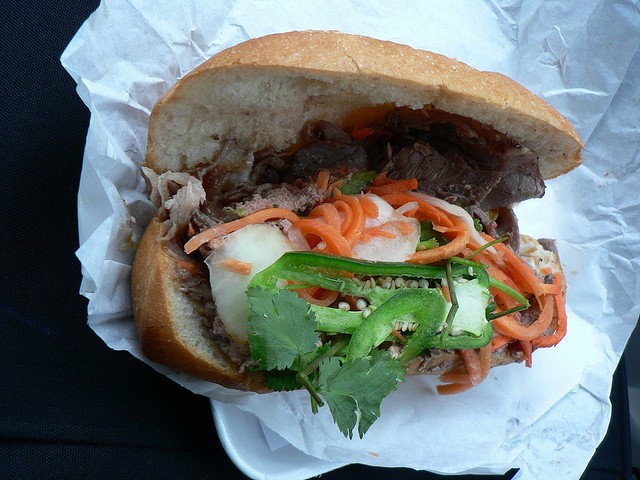
So, last Thursday, Escape Hatch Dallas reported that Yum! Brands, the parent company behind Taco Bell, KFC, and Pizza Hut, is going to be opening up a bánh mì shop in Texas. Excuse my lack of enthusiasm.
For one, there are a ton of Vietnamese people in the Dallas-Fort Worth area (my family being among them), if anyone should be starting a bánh mì shop, it shouldn't be Yum! For two, I'm sorry, but I don't trust some mi chang (especially corporate mi chang) to translate the art that is the Vietnamese sandwich to Mass America — I'd rather Lee's Sandwiches do it (I mean, they're already showing Costco shoppers the beauty that is Vietnamese coffee). For three, well, the first two reasons were good enough.
But my complete hesitation aside, I'm going to give Yum! some free consulting. Here are five things you need to do to not completely ruin bánh mì. For the love of god, please don't ruin bánh mì.
]
5. Use Legit Vietnamese Baguettes
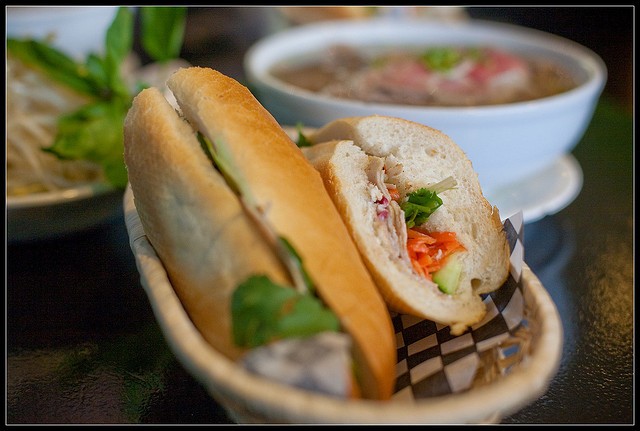
Yes, bânh mì is basically a Vietnamese take on a French sandwich. No, that doesn't mean you can just use French baguette as a base. As I've been saying for years (see Best Baguette 2012), Vietnamese baguette is almost wholly different from its French grand father.
The crust is thinner and lights, with more of a crispiness than a crustyness. Yes, that means it might cut the roof of your mouth if you're not prepared, but it also means that you can chew through it with ease.
The crumb? Magnificent. Instead of the pock-marked and overly dense crump of a European baguette, the crumb of Vietnamese baguettes are light, fluffy, pillowy, and much more consistent. Not only does make for the better sandwich base, it also makes sense as the Vietnamese baguette is a bread made for a people who are in love with eating rice.
Using any other kind of bread is criminal.
4. Don't Be Afraid of the Pickles
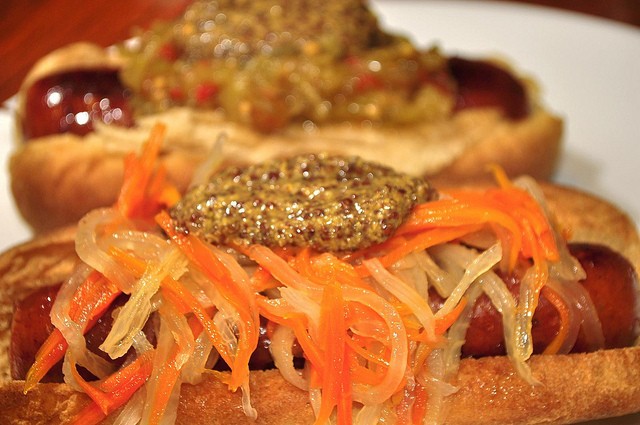
Do chua — the pickled carrots and daikon that roughly translate (I think) to “sour stuff” — may be one of the most unfamiliar things in a bánh mì for Western eaters. Most people can kind of identify jambon and pâté, but I'm willing to bet most people in Texas wouldn't even be able to tell you that daikon is a vegetable (it is a vegetable, right?). Why not just leave it out?
No. The sour punch supplied by the the do chua (and to a lesser extent, the beautiful non-soapiness provided by cilantro) is paramont in cutting through the richness of most of the bánh mì proteins. Without them, you'd be basically eating high-fat meats between some bread, enough to tire your mouth and palate in about two bites. And that's not to mention the texture difference you get. A little bit of crunch is the perfect pacer between the pillow-y baguette and the, uh, meaty meats.
[
3. Spice is Nice
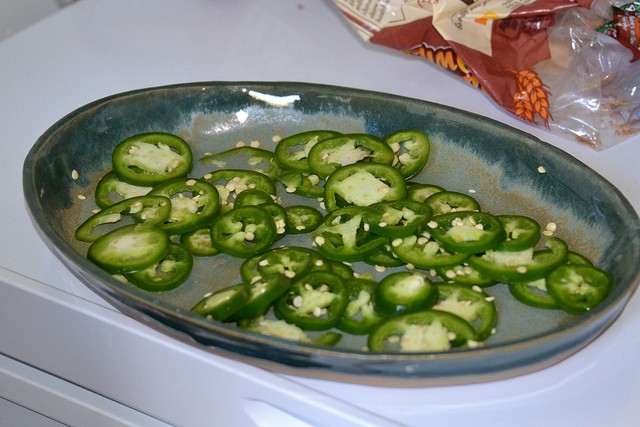
Bánh mì is a naturally spicy sandwich in-between the sliced jalapenos and near whole peppercorns in the meat. Throw in the acidity of the pickles, and you've got a little fire going. It might be a little daunting at first, but it's a beautiful burn, and a proper bánh mì is incomplete without it.
Can't handle the spicy? It's okay, order the sandwiches without the spice, but come on Yum!, at least keep the option.
2. Pork Loaf is Love; Pork Loaf is Life
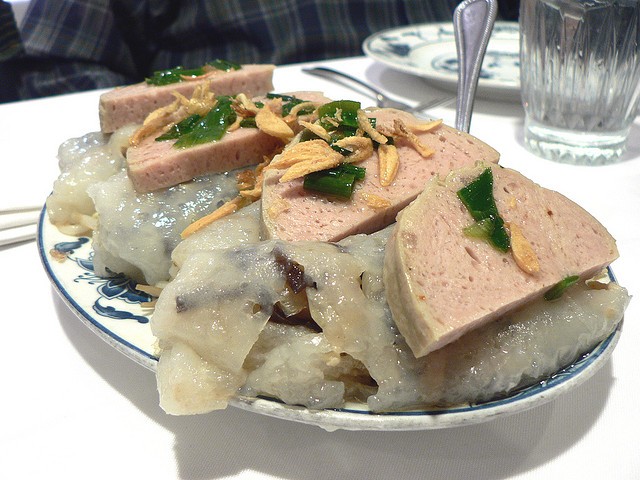
Pork loaf — cha lua in southern speak — is the best kind of processed pork that you'll ever eat. It's better than ham, better than jambon, better than prosciutto, and while it doesn't show up in every bánh mì, it does show up in all of the deluxe versions.
What exactly is it? Take some pork, pound it with a hammer (no cutting allowed). Take the pounded mass, mix it with some spices, wrap it in banana leaves, and boil it for about an hour.The result is a lovely loaf of monochromatic protein that stands on its own when sliced thinly but is a joy to eat sliced thick.
The best part? It's a great way to sneak fish sauce into people's diets. Fish sauce alone can be a little intimidating, but hide in the trojan horse that is cha lua? No one will be the wiser.
1. Pâté and Weird Mayonnaise are Glue
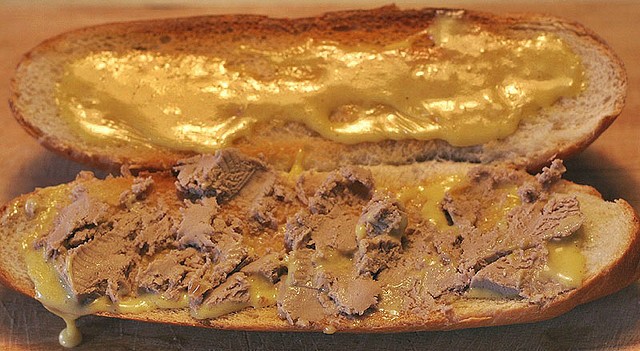
And the most important part of the bánh mì base: You can't have a bánh mì without the weird Vietnamese mayonnaise and pâté.
The mixture serves three purposes. First off, it tastes amazing. The mayo especially stands out, seeing how it's not so much mayo as it is some kind of weird mayo-butter hybrid: rich, kind of tangy, and again, super rich. Second, literally keeps everything in place, like an edible cement that actually tastes better than a good chunk of the sandwich. And finally, it keeps the bread structured. Not to say that anything in a bánh mì is particularly moist, but no water is going to break apart baguette that's behind the hydrophobic shield of pâté and mayo.
Under appreciated, sure, but this mix is one of the most important pieces of a proper bánh mì. To leave it out, well, you might as well just be selling tortas (or Double Downs).
An aside: Here's a short bonus tip. Follow the philosophy of bánh mì. Everything in the sandwich is strongly-flavored and bright. There's nothing mellow but the bread. I honestly don't care if you shove Hot Cheetos into a sandwich if you avoid cucumber. (Yes, I know some places in the United States sell bánh mì with cucumber. It's a horrible idea. It actually subtracts from the sandwich, don't do it.)
Got that Yum!? Follow these five (six) rules, and maybe you won't go out of business in a year.
Follow Stick a Fork In It on Twitter @ocweeklyfood or on Facebook! And don't forget to download our free Best Of App here!
You can also follow Charles Lam on Twitter @charlesnlam. He's less sardonic there, we swear.

